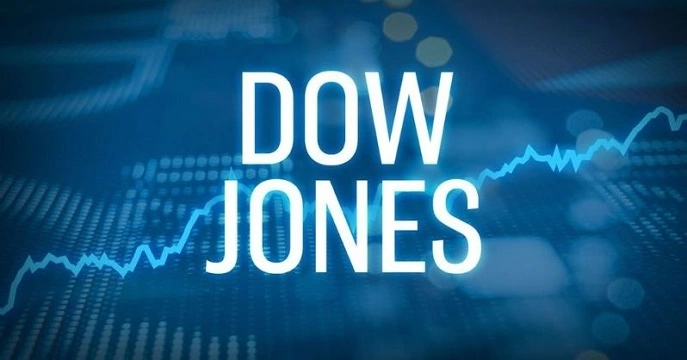Definition of Dow Jones Futures
Market Mechanics
The trading of Dow Jones Futures occurs on futures exchanges. The prices of these futures are determined by a combination of factors. Supply and demand dynamics within the futures market itself have a significant impact. When there is more buying interest than selling interest, the price of the futures contract tends to rise, and vice versa.Moreover, the relationship between the futures market and the underlying cash market (the actual stocks that make up the DJIA) is intricate. News and events that affect the 30 companies in the DJIA can cause immediate reactions in the futures market. For instance, if one of the major companies in the index reports better – than – expected earnings, it can lead to an increase in the price of Dow Jones Futures as investors anticipate a positive impact on the overall index.Interest rates also influence Dow Jones Futures. When interest rates are low, borrowing costs are reduced, which can encourage more investment in the stock market. This increased investment demand can drive up the prices of Dow Jones Futures. Conversely, rising interest rates can make fixed – income investments more attractive relative to stocks, potentially causing the futures prices to decline.


